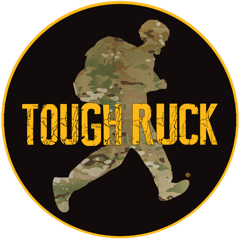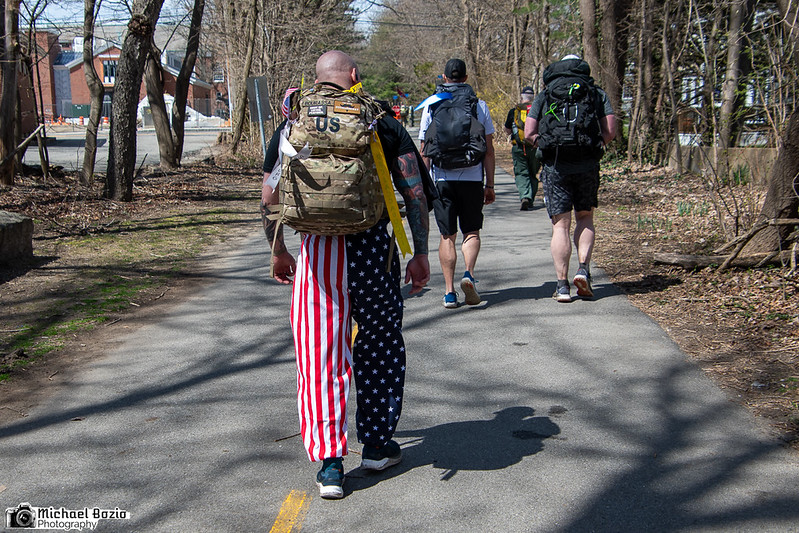“Ruck” is both a noun and a verb. As a noun, it refers to the bag itself or the event. As a verb, it is the act of walking over varied terrain while carrying a backpack containing important items.
Rucksack – The term “rucksack” – or “ruck” – is borrowed from German and literally translates to “back bag.” The size and configuration you use will be based on your division, branch of service, and individual requirements. But all rucksacks used in the Tough Ruck are required to have two shoulder straps. Additionally, we recommend using one with both a hip belt and chest strap to better secure your ruck to your body, reduced movement of the ruck as you march, and reduce wear and tear on your body.
Rucking – It seems like an easy concept: just throw a weighted bag on your back and take off down the road. But ruck marching differs from both walking and running in important ways. The added weight of the rucksack means rucking places significantly more stress on your body than simply walking or even running. And the difference in gaits between walking and running means muscles, tendons, ligaments, and joints are stressed in distinct ways. There are techniques that will help minimize the impact of the additional stress, including how the ruck is packed, how you move, and footwear selection. We will cover these techniques throughout our future training info posts.

